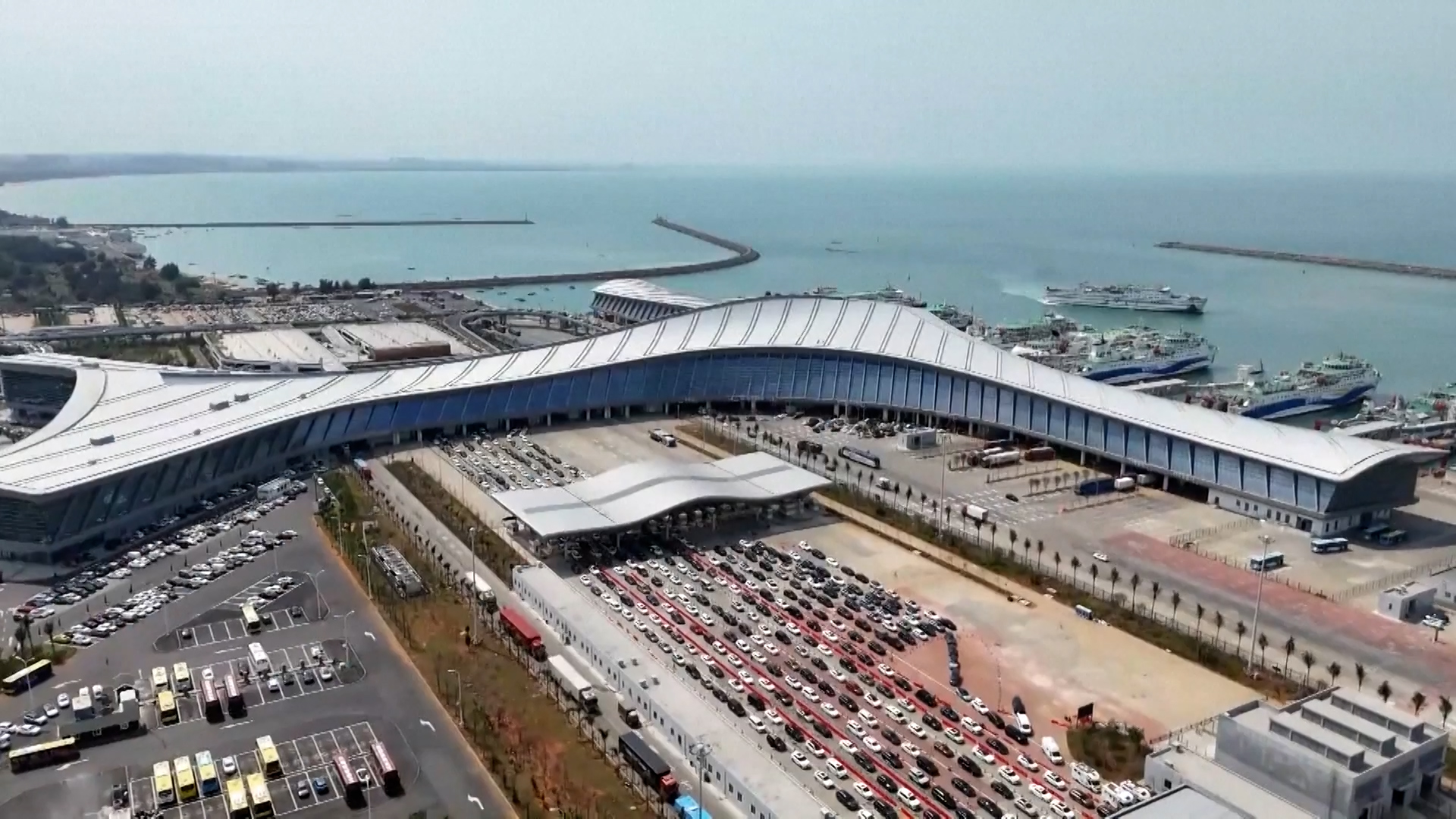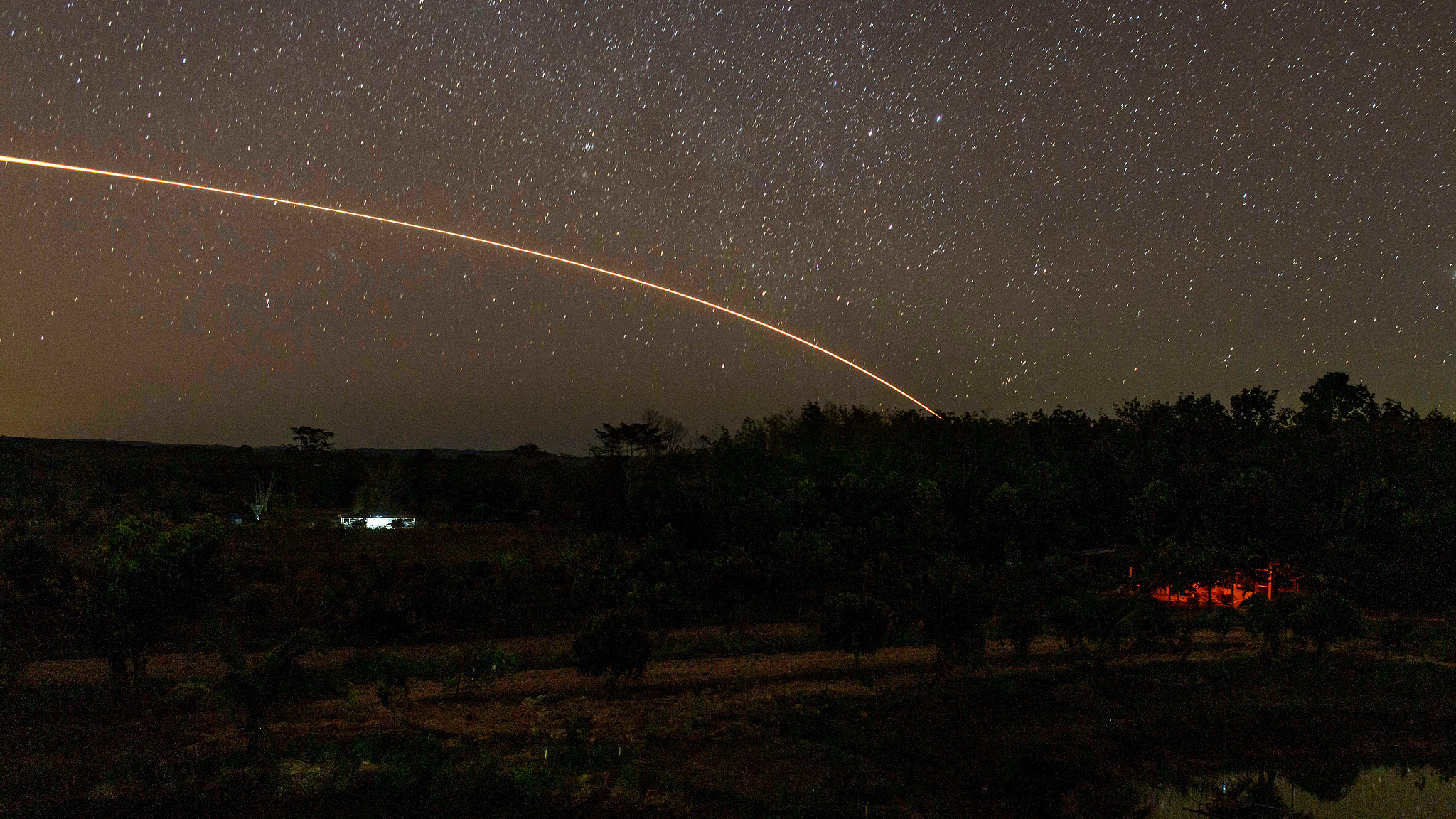Analysis of the Putin-Trump Call: Ceasefire Discussions and Broader Implications
The recent phone conversation between Russian President Vladimir Putin and U.S. President Donald Trump has garnered significant attention as both leaders discussed the ongoing conflict in Ukraine and potential ceasefire measures. According to the BBC, the dialogue lasted over two hours and centered around the implementation of a 30-day ceasefire concerning energy infrastructures. This marks a step, albeit small, towards possibly easing the suffering in Ukraine. However, on a broader scale, the outcome highlighted the unmistakable gaps between U.S. diplomatic hopes and Russian strategic interests.
The Tencent article illuminates how Putin has capitalized on this dialogue to project a narrative devoid of bilateral 'backstabbing' with China, reflecting Sino-Russian solidarity amidst international tension. While China keenly observes this evolving geopolitical theater, its posture is one of advocacy for dialogue as a means to conflict resolution, as asserted by the Chinese state media CGTN.
Meanwhile, the take from Sina Finance points out that the proposed ceasefire remains partial and conditional. Numerous hurdles persist, including the cessation of Western military aid to Ukraine—a condition Moscow deems fundamental. Such demands highlight the complex geopolitical tangle the ceasefire must navigate.
Moreover, the Xinhua report frames the discussion within its impact on global security frameworks, where both leaders talked not just about the ceasefire but also security in Black Sea navigation and potential prisoner exchanges. This raises the diplomatic stakes, suggesting that any tangible progress will require broad international coordination.
Lastly, the Sina report comments on how future talks remain fraught with substantial geopolitical challenges. The absence of a definitive resolution continues to cast a shadow over U.S.-Russian relations, exacerbated by the ongoing stalemate over various critical topics, some of which were glaringly unaddressed in recent discussions.
This synthesis of different narratives underlines an intricate and highly contested geopolitical landscape, where both regional and international actors must navigate with cautious diplomacy, lest they stoke the already smoldering tinder of conflict.



